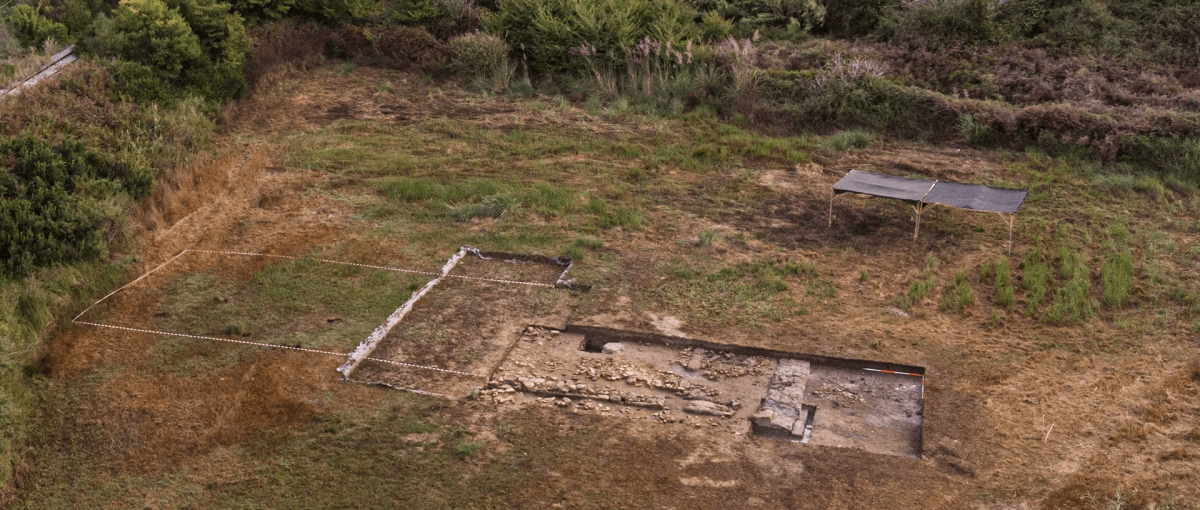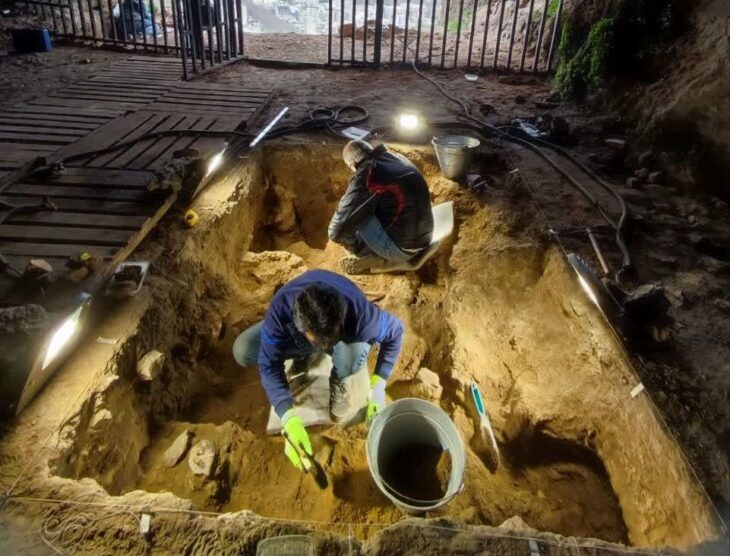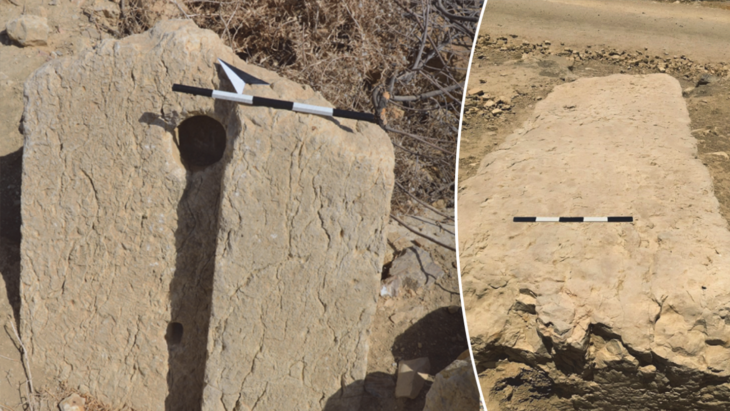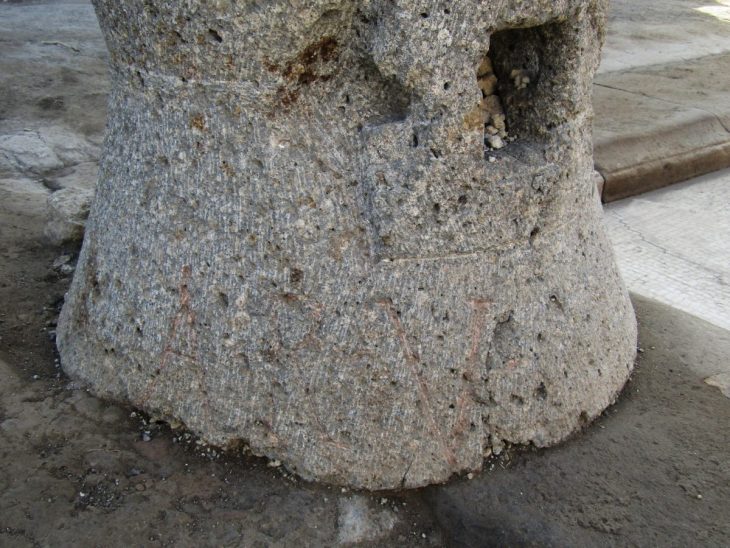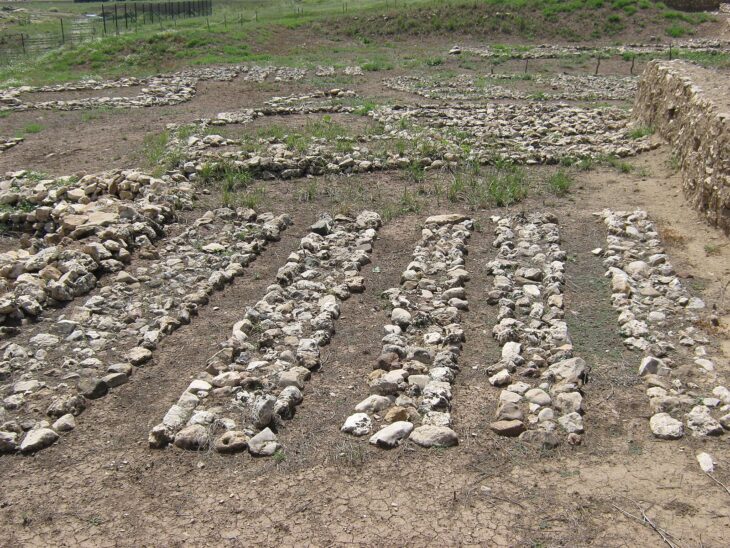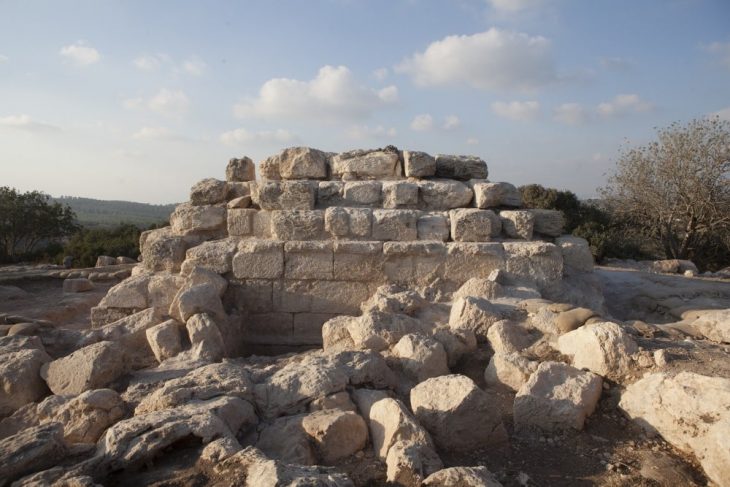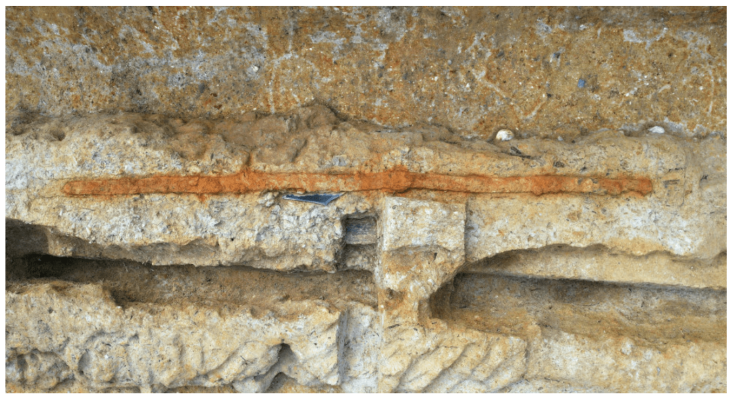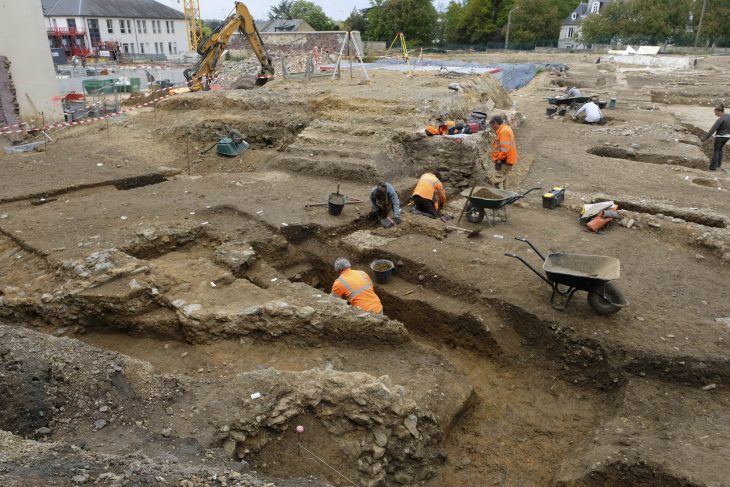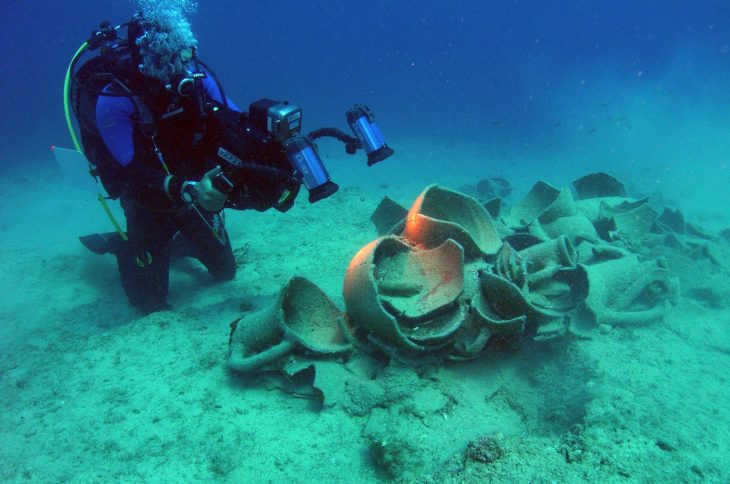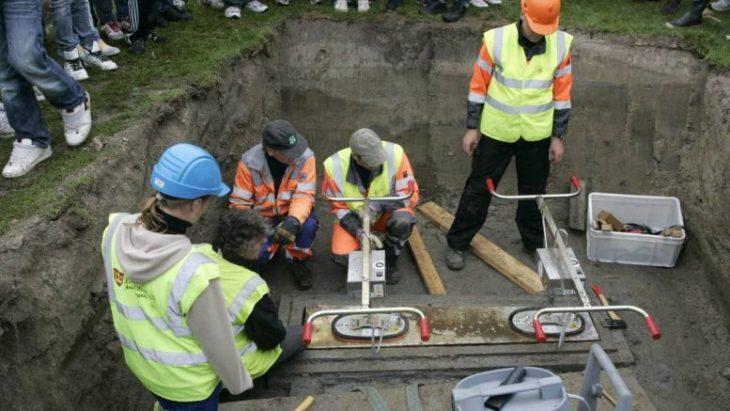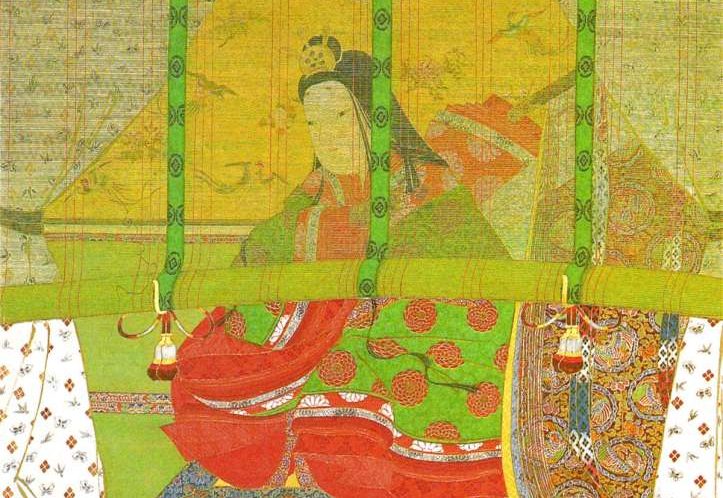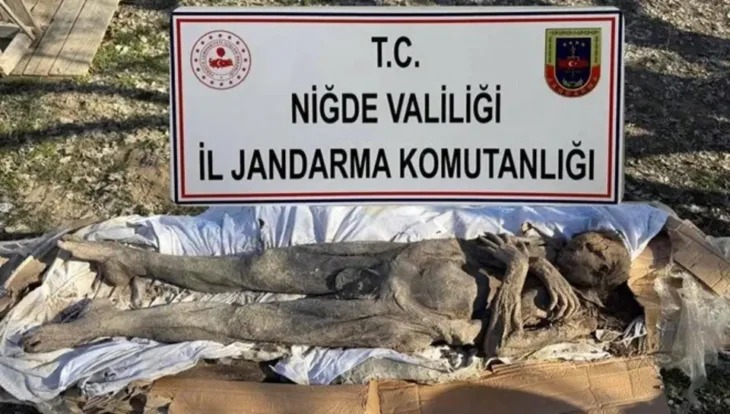New excavations at Kleidi-Samikon in Greece’s Western Peloponnese show that the temple, discovered in 2022, is more monumental than previously assumed.
In 2022, a team of archaeologists from the Austrian Archaeological Institute of the Austrian Academy of Sciences and the Ephorate of Antiquities of Elis of the Greek Ministry of Culture succeeded in uncovering a building that probably was located within the famous sanctuary of Poseidon and may even be identified as a temple of the sea god and earthshaker. As described by the ancient author Strabo, it is located near the sea below the ancient fortress of Samikon.
It is a large 28-meter-long structure from the 6th century BC that was remodeled in the second half of the 4th century BC. The current discoveries provide further evidence that this temple was a cult building within the famous sanctuary of Poseidon, which was an important religious center in the region.
During the excavations in autumn 2023, more parts of the temple were uncovered. It became apparent that the dimensions are larger than the initial evaluation of the geophysical investigations had allowed to expect. What was initially interpreted as a vestibule turned out to be a second room. Overall, it is a building about 28 m long and more than 9 m wide consisting of two interior rooms, a vestibule and a rear hall or shrine.
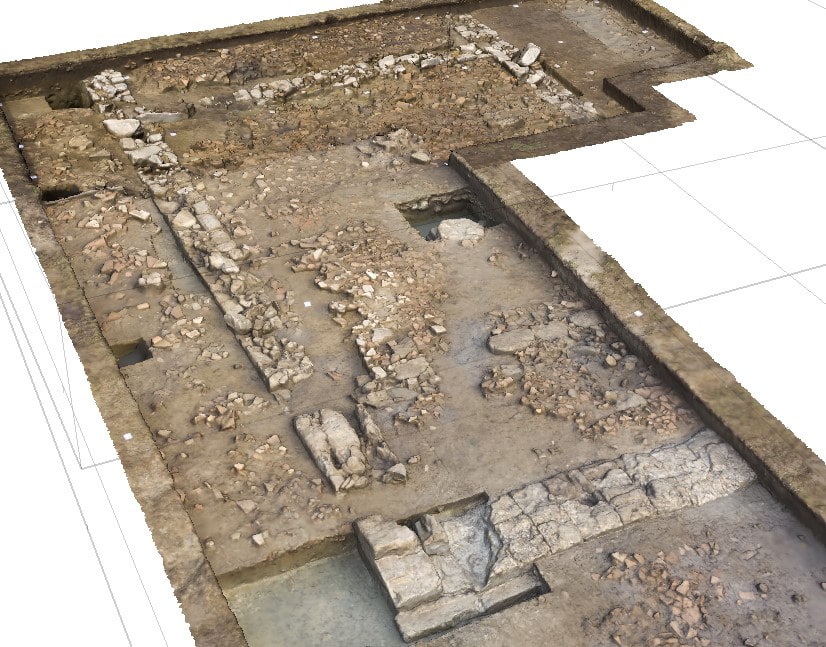
Double Temple or Temple with Two Halls?
Birgitta Eder, archaeologist and head of the Athens branch of the Academy’s Austrian Archaeological Institute: “We are looking at an Archaic temple consisting of two main rooms. A central row of two columns, which we found in the first hall and which supported the large roof covered with tiles, belongs to this phase. We may assume that there were also such columns in the second room. In any case, the ground plan of the temple is unusual. So far we know of no comparable buildings.”
The function of the two rooms is still unclear. Perhaps it was a double temple, in which two deities were worshipped, or it is two rooms one behind the other, one of which could have served as a meeting place for the amphictyony of the cities of the Triphylian region. This was a loose association of cities on a religious-cultural basis in order to protect and administer a sanctuary.

Two Construction Phases Detectable
The research also shows that the temple has two construction phases. Erofili-Iris Kolia, director of the Euphoria of Elis: “In the second half of the 4th or first half of the 3rd century BC, the Archaic temple from the 6th century BC was remodelled. In the process, the old roof tiles were evenly applied as a subfloor for the new floor. They served as insulation against groundwater and to stabilise the floor. Something that still works today. In those places where tiles are missing, the ground is damp and muddy.” These dates correspond to the finds of pottery, which can be assigned to the Archaic and Late Classical to Early Hellenistic periods.
In the coming years, the team wants to find out more about the dimensions of the sanctuary. Here, the continuous cooperation with geoarchaeologists from the University of Mainz and geophysicists from the University of Kiel is of importance. The ancient author Strabo describes the Poseidon sanctuary as a “grove of wild olive trees”. Thus, the question remains exciting as to whether other temple buildings, altars, treasure houses, a processional route or treasuries for dedications are still hidden under the earth.
Cover Photo: Drone photo of the 2023 excavation at the Poseidon sanctuary of Kleidi-Samikon. Photo: ÖAW-ÖAI/Marie Kräker

